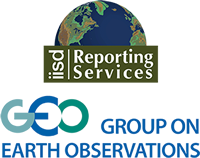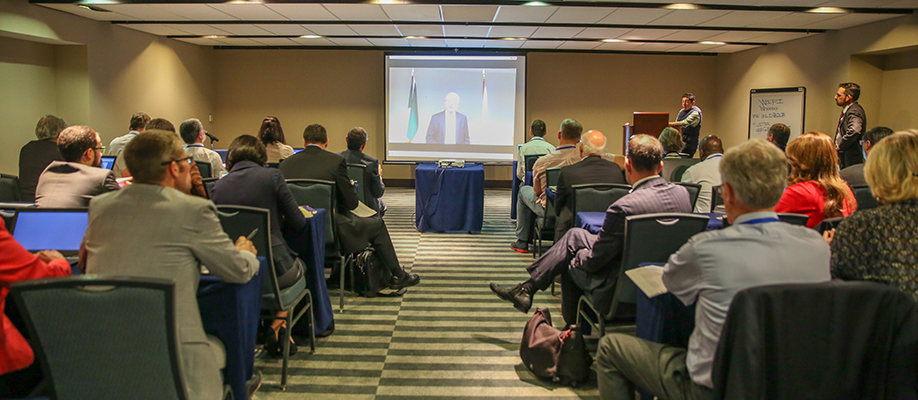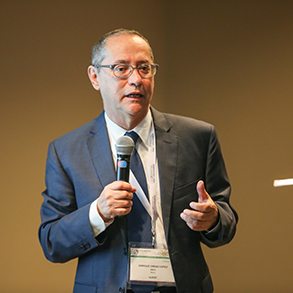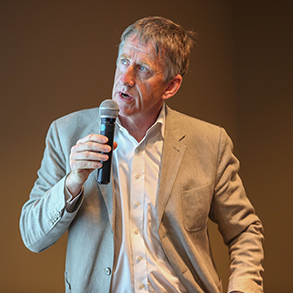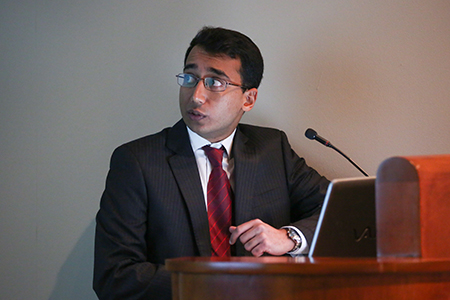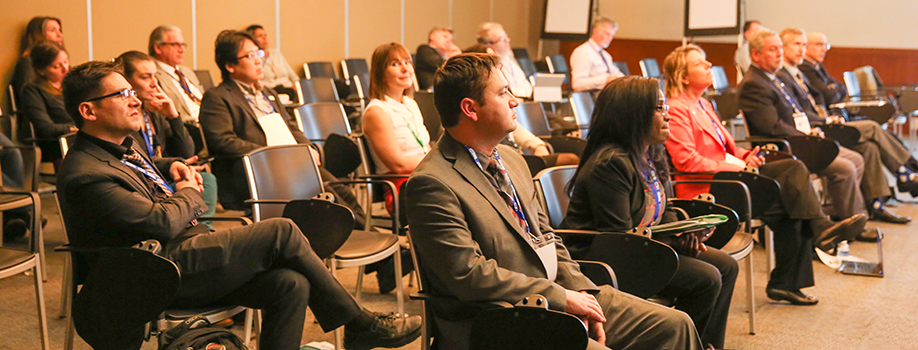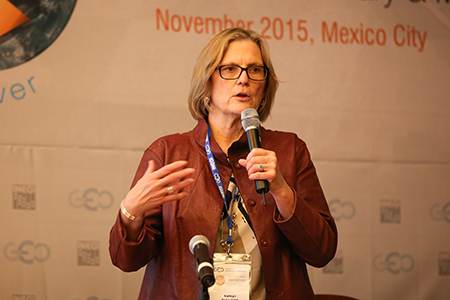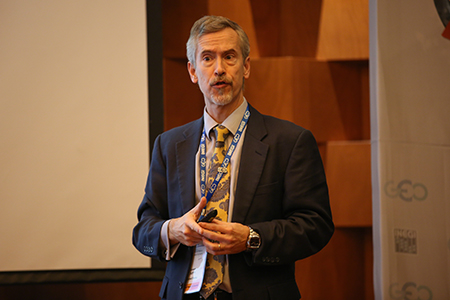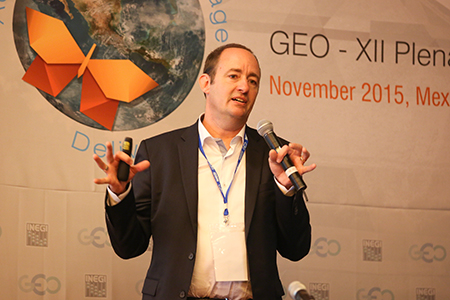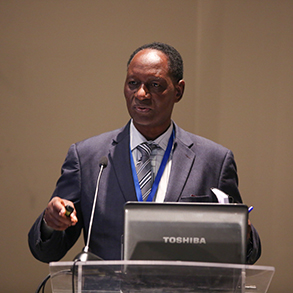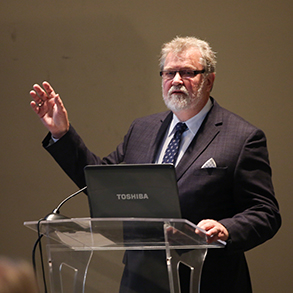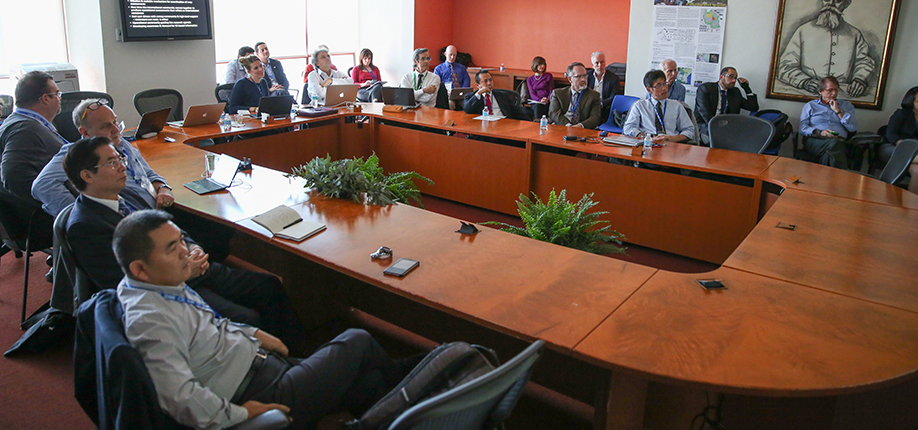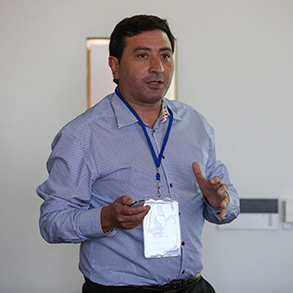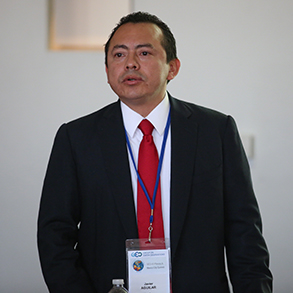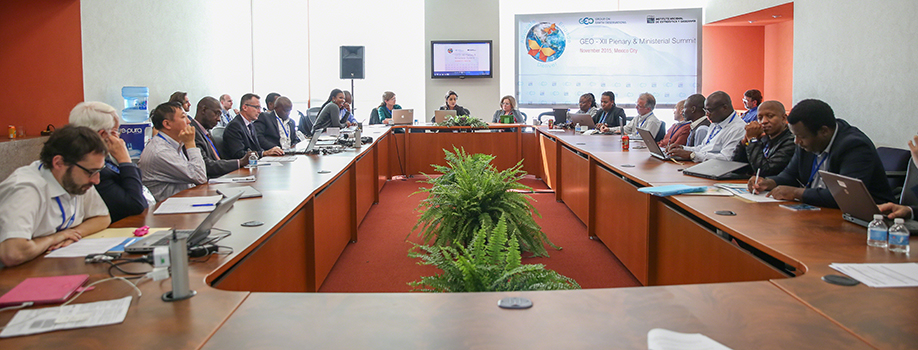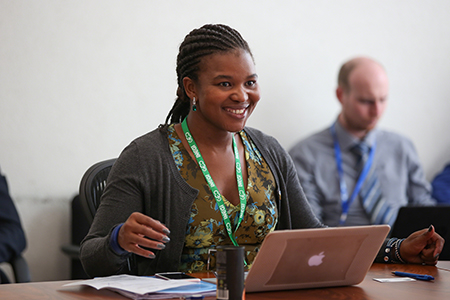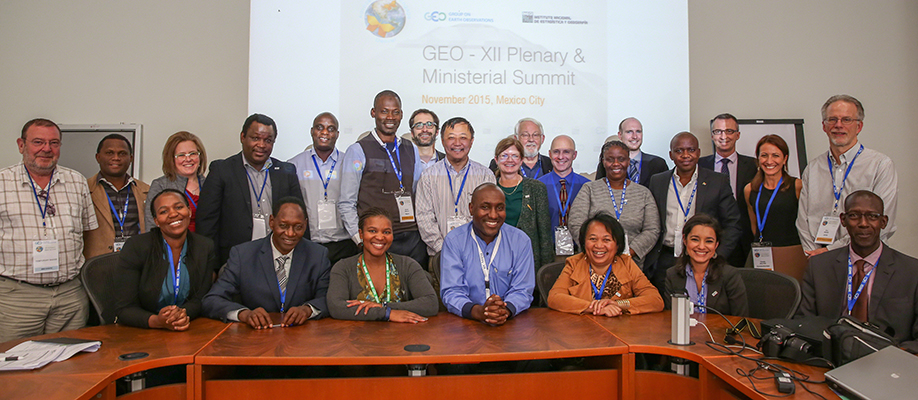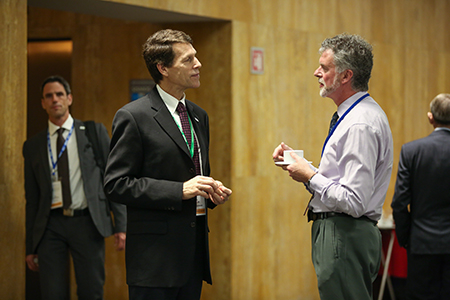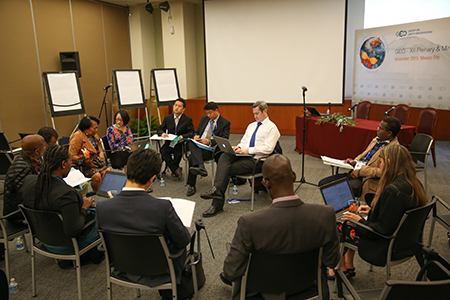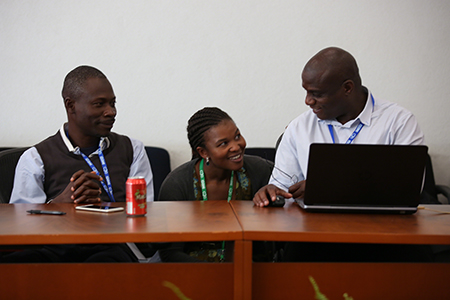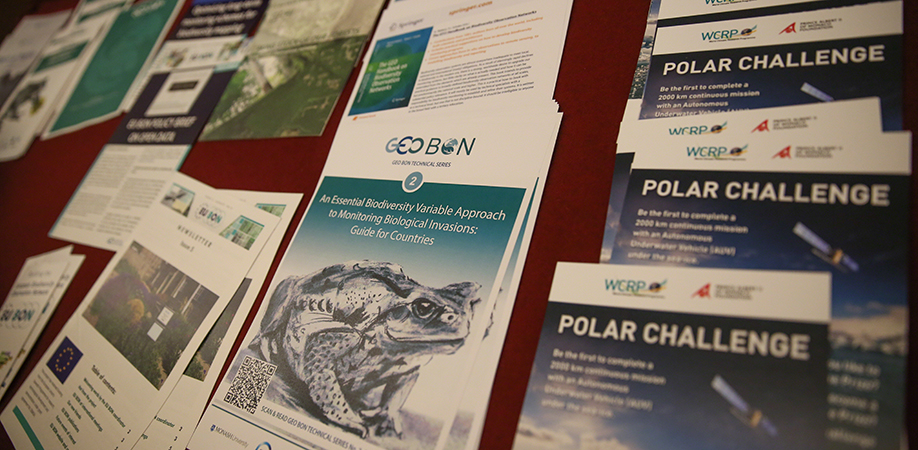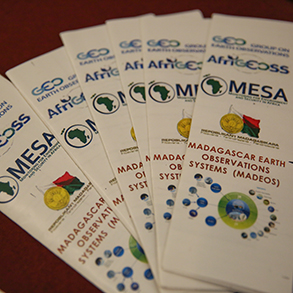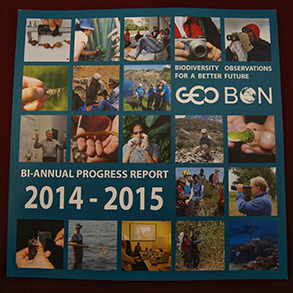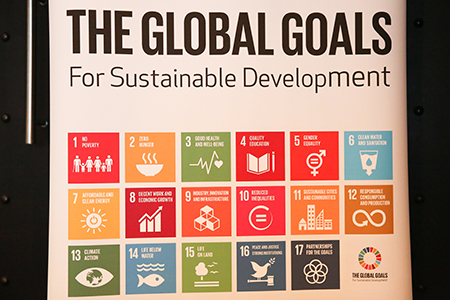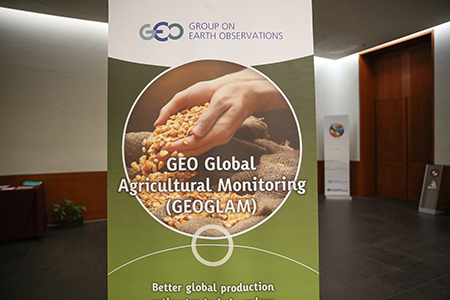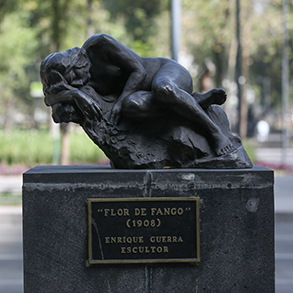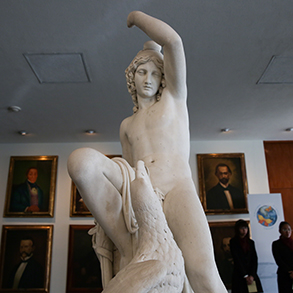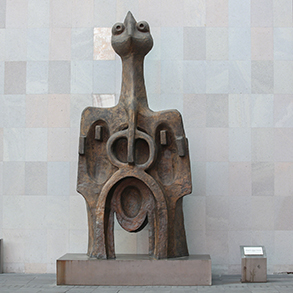|
Henrique Pereira, German Centre for Integrative Biodiversity Research (iDiv), opened this event.
In the keynote speech, José Sarukhán, National Commission for the Knowledge and Use of Biodiversity (CONABIO), Mexico, said CONABIO’s function is to promote and produce information from the genetic to ecosystem levels and highlighted several CONABIO products.
Pereira explained the rationale and development of GEO BON, and key elements of its 2014-2016 Strategic Plan.
On Essential Biodiversity Variables (EBVs), Miguel Fernandez, Bolivian Biodiversity Observation Network, explained the development process and visions for EBVs. Pereira presented on the Global Biodiversity Change Indicators developed by GEO BON and presented to the Convention on Biological Diversity in September 2015.
Ivette Serral, Centre for Ecological Research and Forestry Applications, Spain, presented on how ConnectinGEO efforts to identify gaps in essential variables in climate, agriculture, oceans and ecosystem services.
Mike Gill, Circumpolar Biodiversity Monitoring Programme (CBMP), Canada, presented the BON in a Box toolkit recently launched in Latin America. He explained that the Box is a capacity building tool, to increase the ability for national agencies or regional organizations to create new BONs. Calling the Bon in a Box a “smart tool box,” Maria Cecilia Londoño, Humboldt Institute, Colombia, noted GEO BON experts are accessible to advise and assist users in identifying the most appropriate tool for their observing and monitoring needs.
Kathryn Sullivan, Administrator, US National Oceanic and Atmospheric Administration (NOAA), opened discussion on the Global Marine Biodiversity Observation Network (mBON), predicting it would become a valuable tool for policymakers. Emmet Duffy, Smithsonian, US, provided an overview of mBON. Francisco Chavez, Monterey Bay Aquarium Research Institute, US, reviewed US examples of marine biodiversity observation networks. Mark Costello, University of Auckland, New Zealand, presented the case why GEO should prioritize mBON. Mike Gill explained the variation of BON in a Box being developed for mBON. Eduardo Santamaria del Ángel, Autonomous University of Baja California, Mexico, discussed the “Pole-to-Pole mBON” in the Americas concept intended as mBON’s first major phase.
| |







